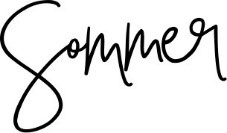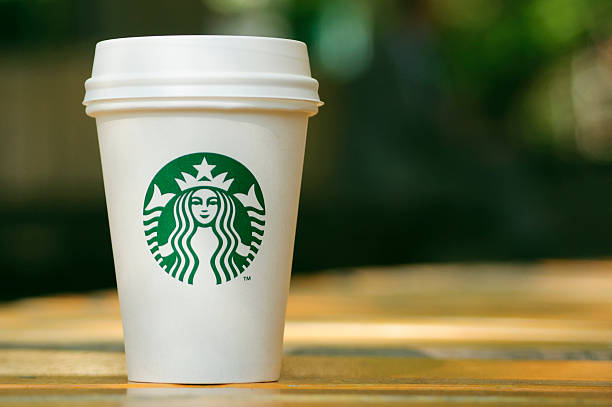Most of us typically think of language as something we are born into. Spaniards sing in Spanish. People in Denmark hold discussions in Danish. But what about the languages that people choose? Sports fans speak stats. Ultra-devout Trekkies (and the more refined “Trekkers”) talk Klingon.
As language specialists, we find this not only fascinating, but incredibly powerful. Shared language, regardless of the group to which you belong, is a pivotal ingredient in community-building.
Brands in diverse fields have long capitalized on the allegiance-inspiring power of collective vernacular. Users of Twitter “tweet” rather than post. Hungry patrons at McDonald’s may elect to “super-size” their meals. Your weary feet may find some sweet relief “gellin’” with Dr. Scholl’s insoles.
One of the best examples of this can be found in the world of coffee consumption. Although Starbuck’s original intent might not have been to create a consumer sub-culture, that’s exactly what the coffee bean baron did with their tall (12 oz), grande (16 oz), and venti (20 oz) cup sizes – no longer would Starbuck supporters be subjugated to sipping from small, medium, or large cups!
Countless components contribute to a brand’s success. Creating brand-specific vernacular is one that lets companies highlight their personality while hinting at a secret members-only group – and who doesn’t want to belong to an exclusive club?
But it is critical to do your homework before launching terms unique to your brand. Do they resonate with your target audience? Are they memorable? Do they have potentially different and/or problematic meanings in other languages? (IKEA’s Fartful kids’ workbench comes to mind).
If you would like to learn more about this subset of lexicon market research, please give us a call. With the right market research partner, you too can develop the verbal equivalent of a secret handshake among your customers.
Bill Stone
Director, Content Strategy

